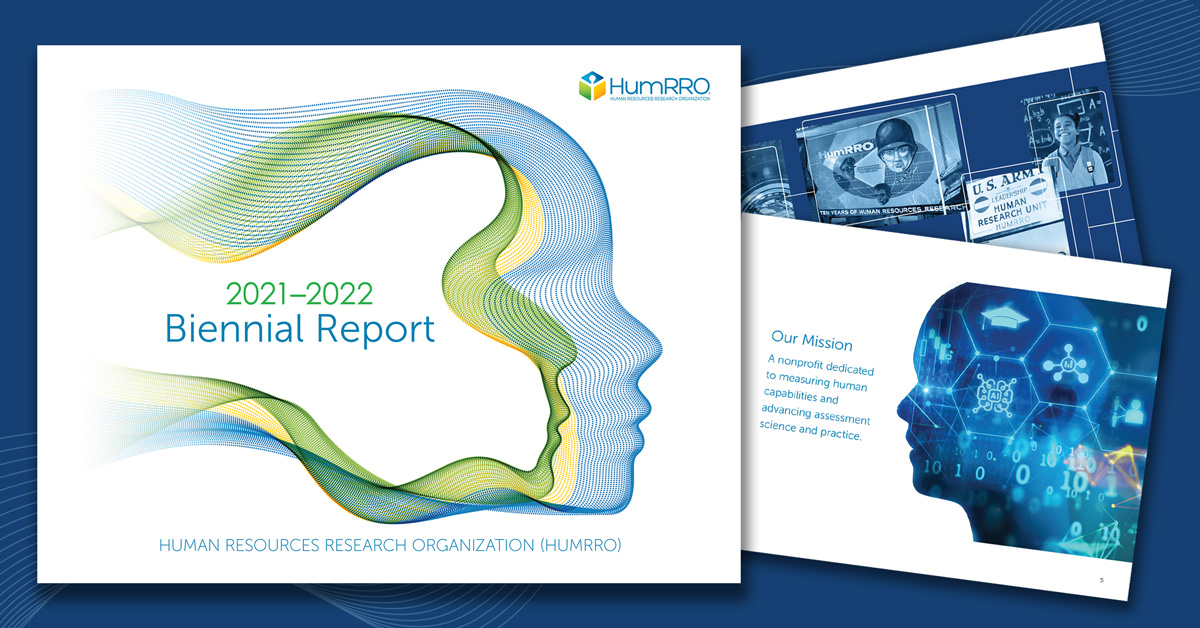The ongoing pandemic has sharply accelerated a trend towards remotely proctored assessments. Once rarely seen outside of university examination and software certification settings, remote proctoring is now a popular choice across a wide array of assessment contexts.
To accommodate Covid-related health and safety protocols, organizations are adapting their onsite, high-stakes tests for delivery with virtual proctors. At the same time, examinees are becoming more comfortable with the technology and embracing the convenience and flexibility of remote approaches. In short, all signs point to the staying power of remote proctoring.
Since the advent of the pandemic, HumRRO has supported our clients as they have explored the use of remote proctoring technologies for their high-stakes assessment programs in both hiring and credentialing settings. Now that the dust has settled—at least to some degree—we would like to share the observations and insights we have learned through this process. Distilled into a “Top 10” list, here are the key issues we would recommend focusing on when deciding whether remote proctoring is right for your testing program:
Given the potential benefits of remote proctoring, organizations are understandably curious about the technology and want to learn more about how it can be used effectively given their testing needs. Our “Top 10” list reflects an attempt to help you pause and “look before you leap” by sharing what we’ve learned.
Of course, there are other issues to consider once the decision to employ remote proctoring has been made, such as whether to use it for one testing phase or the entire assessment process. There are also a host of operational details to iron out, such as securing an assessment platform (the remote proctoring vendor may offer a platform, or they may support a BYOP (Bring Your Own Platform) approach), implementing a scheduling dashboard, and specifying a proctor-to-candidate ratio. Please contact us to delve further into exploring remote proctoring options for your testing program.








